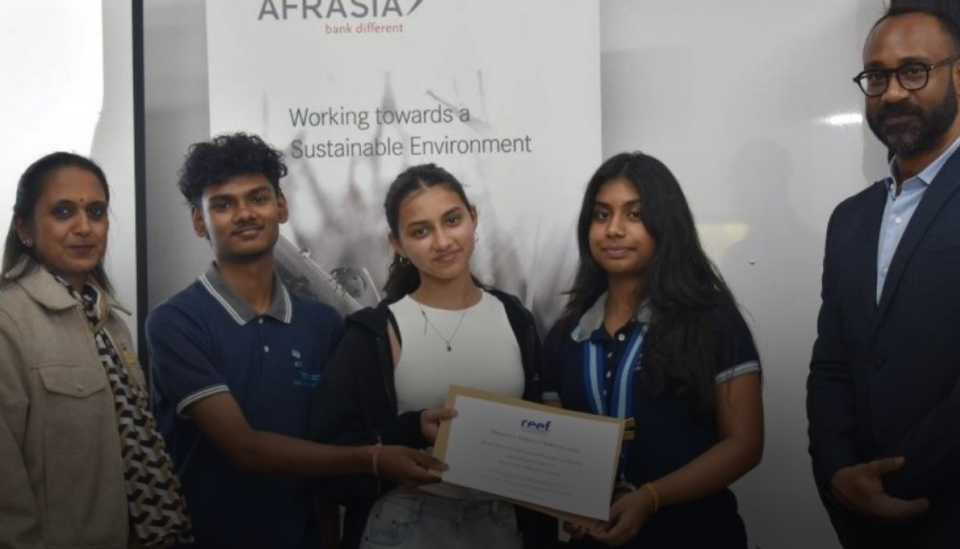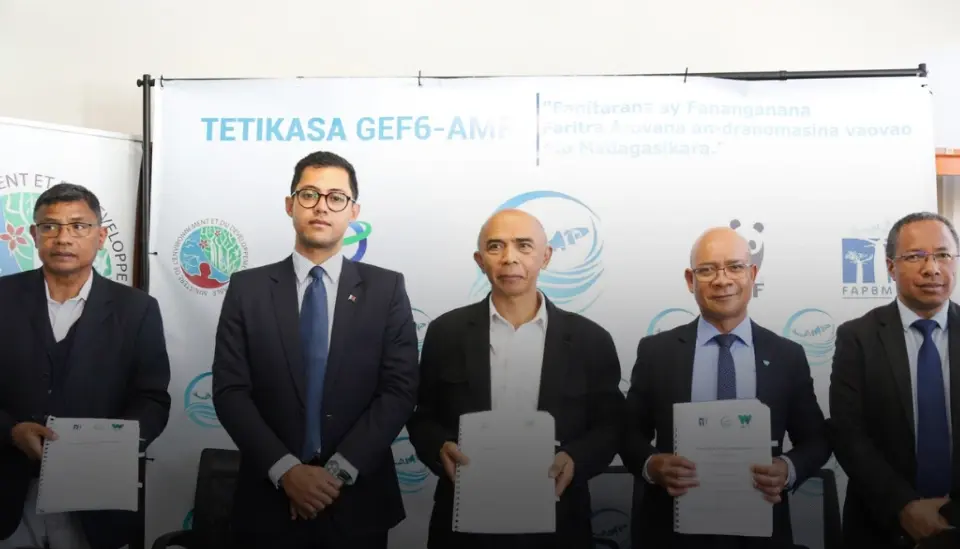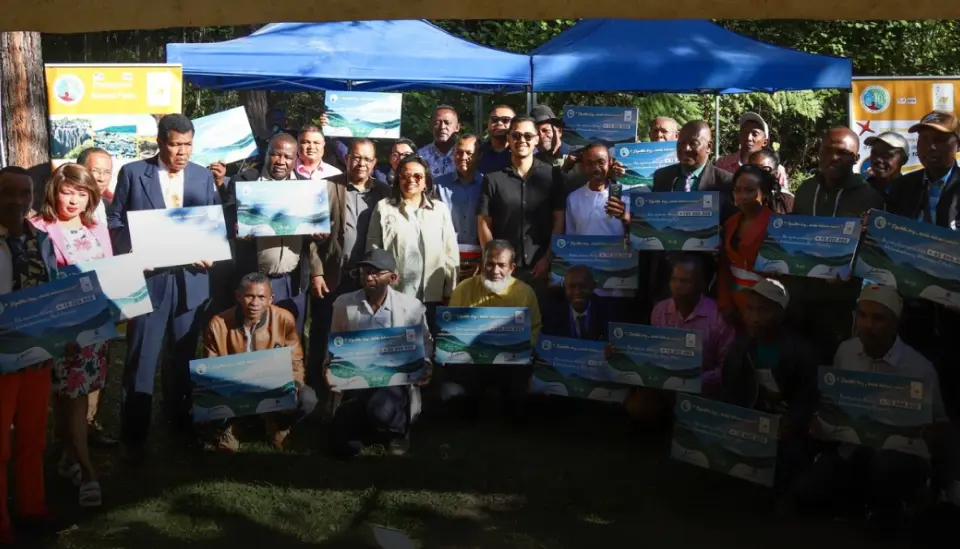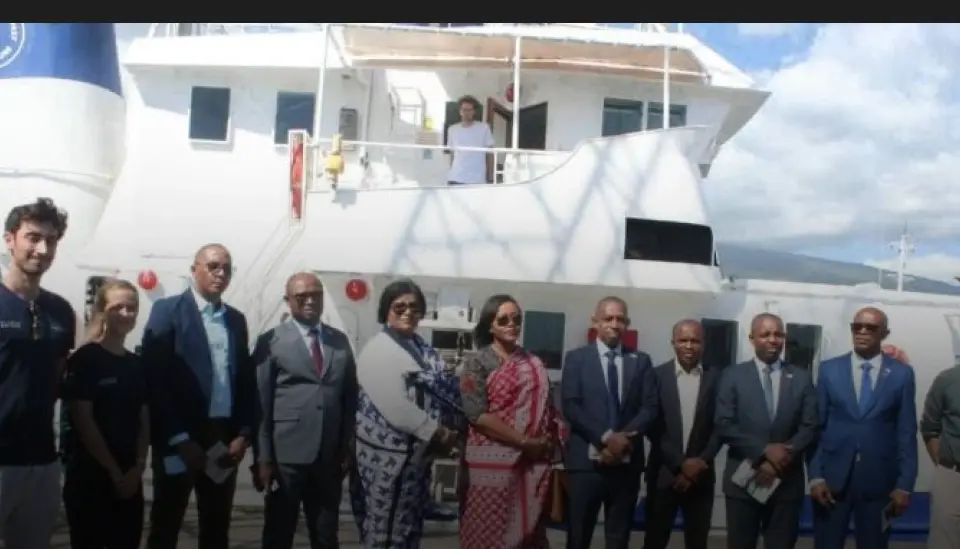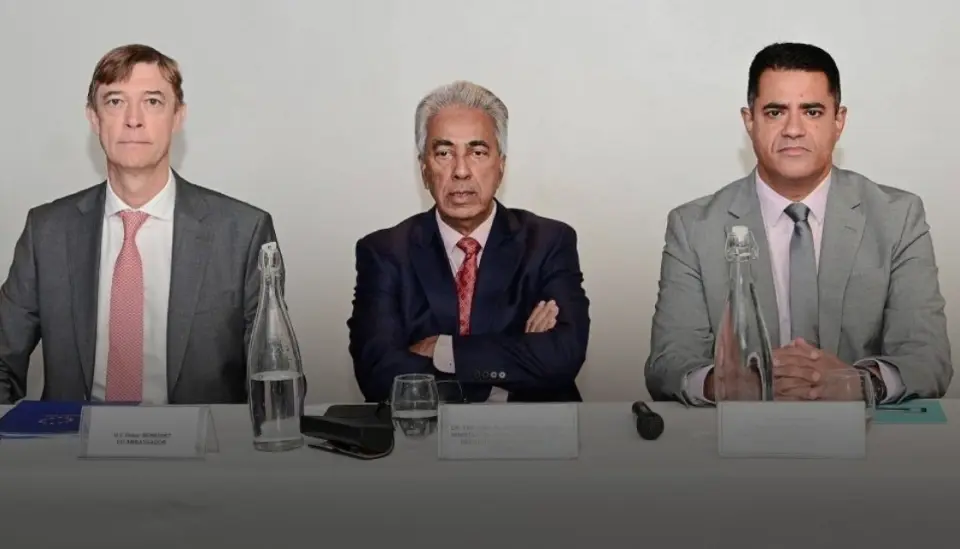Projects funded by the World Bank
Jirama’s water distribution infrastructure is outdated. Projects to replace water pipelines are currently in the planning stages.
« Antananarivo is experiencing significant water losses. Twenty percent of the 200,000 m³ of water produced daily by the Mandroseza plant evaporates. Every day, we lose 40,000 m³ due to pipeline failures that need replacement », said the World Bank’s representative in Madagascar during the official handover of four water trucks to the Malagasy government. The goal is to expedite water collection in Antananarivo. Most of the pipes date back to the Madagascar Water and Electricity Company. They are rusted and broken underground because they have never been maintained, stated the head of state.
To prevent further water shortages in Antananarivo and ensure the population has access to potable water, the government has decided to transport these 40,000 m³ of drinkable water directly to tanks installed in areas where access is challenging, particularly during this drought period. Antananarivo needs 300,000 m³, but the Mandroseza plant only produces 200,000 m³. With 40,000 m³ of water lost underground, the water problem worsens. Transporting water via tankers is only a short-term solution.
The replacement of 78 kilometers of aging water pipes is already planned, thanks to funding from the World Bank. Several other projects are being prepared to improve access to water in Antananarivo. Long-term solutions are now being developed. Lalaina Andrianamelasoa, Minister of Water, Sanitation, and Hygiene, announced plans to use the production of 100 million liters of water. According to the head of state, the construction of boreholes in Ampiriky, Laniera, and Ankadivoribe will produce a daily yield of 2,400 m³, equivalent to 240 trucks.
Once these boreholes are operational, water tankers will no longer be needed. Long-term plans include building a water production station in Ambohitrimanjaka to serve the western part of Tana, with a capacity of 30,000 m³. Additionally, a new water pumping station with a capacity of 10,000 m³ has been established in Mandroseza. Most notably, the construction of the Amoron’Akona treatment plant, with a capacity of 60,000 m³, will be accelerated as part of the Tana Water III project, with work set to begin in November 2025.


